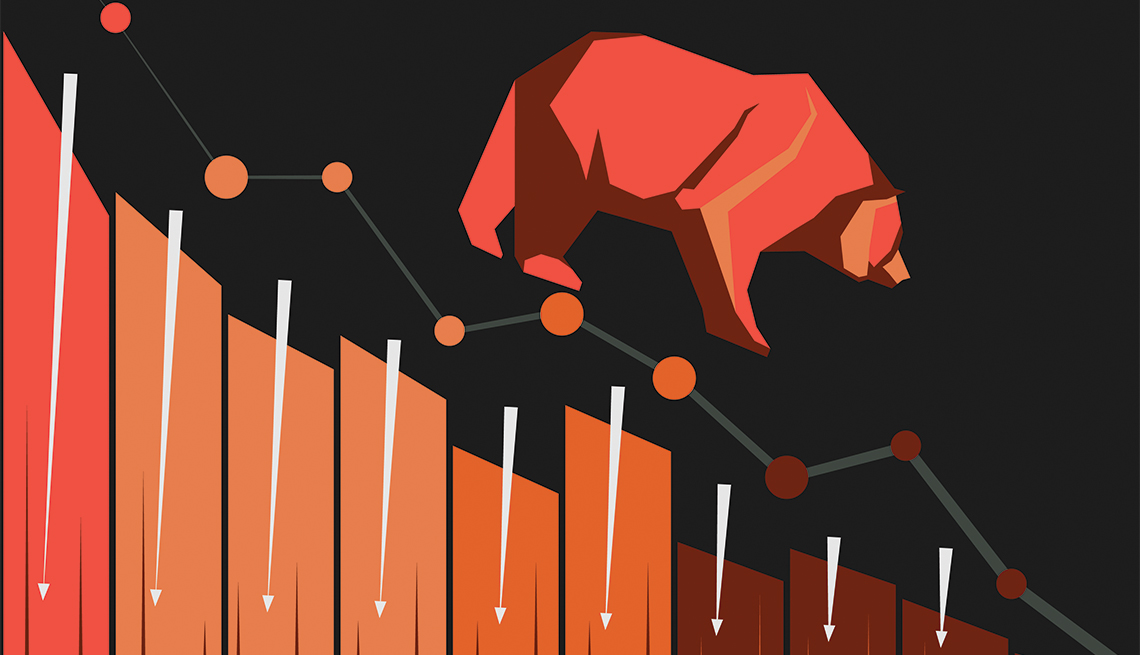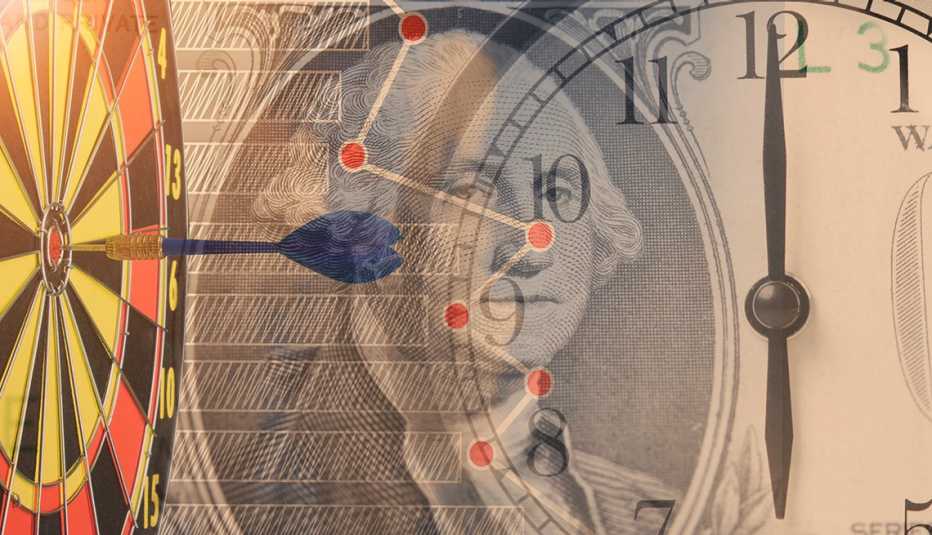Staying Fit
Good riddance to 2022, at least from a financial perspective. Measured by the returns from low-cost index funds, the U.S. stock market lost 19.5 percent, while investment-grade bonds tumbled 13.2 percent. Inflation surged, running at an annual pace of 7.1 percent for the 12-month period that ended November.
Before I get to surprises and lessons, let me first dispel a couple of myths about surprises that weren’t.


AARP Membership— $12 for your first year when you sign up for Automatic Renewal
Get instant access to members-only products and hundreds of discounts, a free second membership, and a subscription to AARP the Magazine.
First, the loss in stocks for the year is no surprise. Bear markets are part of investing, so the loss for the year is not out of the ordinary. Also not a surprise was the fact that market forecasters were way off. Forecasters called for a small gain in the S&P 500, and it actually lost 19.4 percent. This is not out of the ordinary either: No one does a very good job of predicting market returns. Finally, the fact that stocks declined at the same time as bonds isn’t a shocker: Statistically speaking, the correlation between stocks and bonds is close to zero, meaning that nearly half of the time they move in the same direction.
The three biggest surprises
1. While both stocks and bonds declining wasn’t a surprise, the magnitude of the losses in bonds was.
High-quality bonds act as the shock absorber for your overall portfolio, but bonds lost nearly as much as stocks, even when you count reinvested interest. Using a traditional statistical measure called standard deviation, the loss for the first three quarters of the year should happen about once every 50 million years, according to Edward F. McQuarrie, professor emeritus at the Leavey School of Business at Santa Clara University. While I don’t have the data for the full year, bonds didn’t recover much in the fourth quarter.






































































